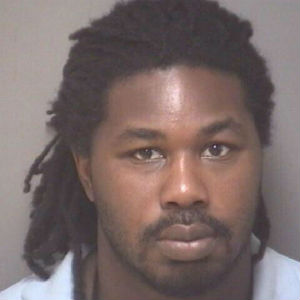
Matthew, 32, in custody on a charge related to the disappearance of another young woman, 18-year-old University of Virginia student Hannah Graham, would by extension be linked forensically to at least one other case, a 2005 sexual assault of a woman in Fairfax.
With other unsolved murders of women in Central Virginia that would appear to be consistent with the Harrington and Graham cases, it seems that the terror may be coming to an end, even as the investigation continues into the whereabouts of Graham, who was last seen in the early-morning hours of Sept. 13.
So that question still lingers: what happened to Graham? Sadly, as the days pass, we can presume that the answer to the question won’t have an answer that we want to hear.
Two more questions: how did Covenant School and the University of Virginia Medical Center have this guy walking around their respective campuses? Matthew was a volunteer football coach at Covenant and a nursing assistant at the UVA Medical Center. He presumably would have had to have undergone background checks for both jobs, background checks that, of course, wouldn’t have been able to foretell that he would eventually be the prime suspect in serial killings of young women in the area.
While Matthews had been a suspect in a rape investigation while a student and member of the football team at Liberty University in 2002, he was never charged in that case, and a background check wouldn’t have come up with that result, either.
And so it is that we learn the limitations of background checks.
An additional question: for all the kudos due to the Charlottesville Police Department, at the heart of the effort to crack the Hannah Graham case, leading to the targeting of Matthew as a person of interest, and eventually a suspect in her disappearance, how did they let him slip through their fingers to the point where he was six hours from Mexico before he was apprehended?
He was thisclose to getting away possibly with murder, possibly another murder, if we can assume that the forensic evidence correctly places him at the scene of what happened to Harrington, and who knows what else? The idea that police didn’t have him under some sort of surveillance not only flies in the face of what we know from watching TV police dramas, but from what some of us know from personal experience as victims of crime know to be the case.
Credit is due to the investigators for cracking the case and getting this guy off the streets, but whoever is responsible for the rest of it gets a big, fat F for potentially putting more young women at risk of falling prey to what appears to be a predatory individual.
– Column by Chris Graham










